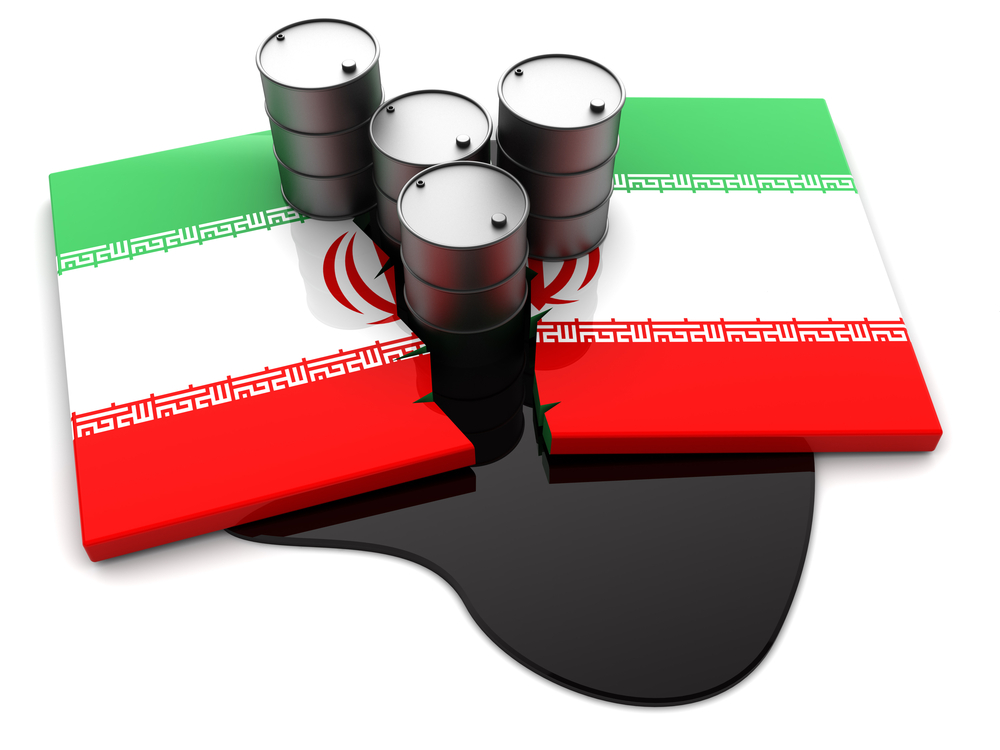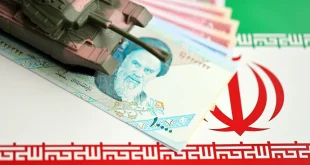Iran’s energy sector has often been the target of US-led sanctions, particularly in response to the perceived risk of a nuclear weapons program. However, after a brief thaw in relations and the lifting of certain restrictions, the United States imposed a new set of measures against Iran’s oil export industry in November 2018.
In October 2016, the peak of its crude oil exports, Iran was selling 2.44 million barrels a day. In 2017, Iran exports fell to 2.1 million barrels per day, earning revenues of around $40.4 billion. By September 2018, that number had dropped to 1.7 million barrels per day. U.S. policy makers are determined to drive Iran’s oil exports to zero and run Iran’s finances to the ground. Iran, meanwhile, needs to prevent its oil exports from falling below a million barrels per day. At the same time, it is hoping that the lack of supply in the market will increase prices as much as possible to allow for a natural balancing out.
A decrease in energy exports will certainly hurt Iran’s economy, and the government will likely struggle to mitigate the effects on ordinary life. Meanwhile, the United States will increase its own share of the global energy market, boosting its exports of liquefied natural gas to countries such as India and Turkey who would otherwise rely on Iran’s vast and near-by supply.
To continue exporting even at its diminished rate, Iran needs to attract capital and technology. Officials at the Ministry of Petroleum have frankly admitted that they need large amounts of capital to develop and maintain oil and gas fields or else Iran will fall well short of the goals of its sixth development plan. Iran hopes to reduce the national budget’s dependence on oil and gain a capacity of at least 4.7 million barrels, with 1.3 billion cubic meters of natural gas and gas condensate reaching 1.1 million barrels a day.
Iran requires around $100 billion in foreign investment for its oil, gas, and petrochemical sector. Most of Iran’s oil wells are in the second half of their lives, with eight percent of oil production dropping automatically each year. The country needs technology and capital from foreign countries in order to maintain, let alone increase, its oil efficiency. Once new sanctions are in place that target companies interested in investing in Iran, there will be even fewer possibilities for foreign investment. Furthermore, the ban on dollar deals with Iran raises the fear among financial institutions that they will feel the wrath of the Treasury Department.
Most technology-rich countries are interested in the investment opportunities the Iranian energy sector affords, from expanding oil wells to developing oil and gas technologies and petrochemical products. If geopolitics were not an issue, Iran would have many ready buyers for its energy. But Iran currently accounts for less than one percent of world trade in gas, despite its massive reserves.
However, every effort to revive the production capacity of oilfields requires high technology and foreign investment. Iran has signed a deal with the Russian company Zarubezhneft for the redevelopment of the Aban fields. It has also planned to sign contracts with Pertamina, an Indonesian state-run oil company, to operate the Mansouri oil field.
U.S. waivers to eight major Iranian oil importers provide the country with an opportunity to keep its share of the regional oil market for a limited time. However, it is inevitable that most of these countries will reduce oil imports from Iran in the first months of 2019, as all major Iranian oil buyers are looking to find alternatives for their supplies. U.S. sanctions present a steep risk to foreign firms otherwise looking to invest in Iran for they might be deprived of the technical cooperation of American companies and the financial resources of U.S. agencies and the U.S. government.
The U.S. withdrawal from the nuclear accord will undoubtedly hold the Iranian energy industry back from achieving its goals in terms of foreign investment and technology. After the re-imposition of sanctions, only Russian companies seem ready to continue work. Last year, the contract for the development of Aban and Persia Fields was signed with Zarubezhneft, but the Russian company has reportedly walked away from the deal. As recently as last month, meanwhile, Lukoil discussed further investment.
Russian companies are also investing in fields that—critically—provide no threat to Russia’s own energy goals. However, once Russian and Chinese companies begin playing an active role in oil and gas activities in Iran, questions regarding the nature and duration of contracts, and the technology used, will come to the fore—provided that these companies, too, succeed in withstanding U.S. diplomatic pressure.





